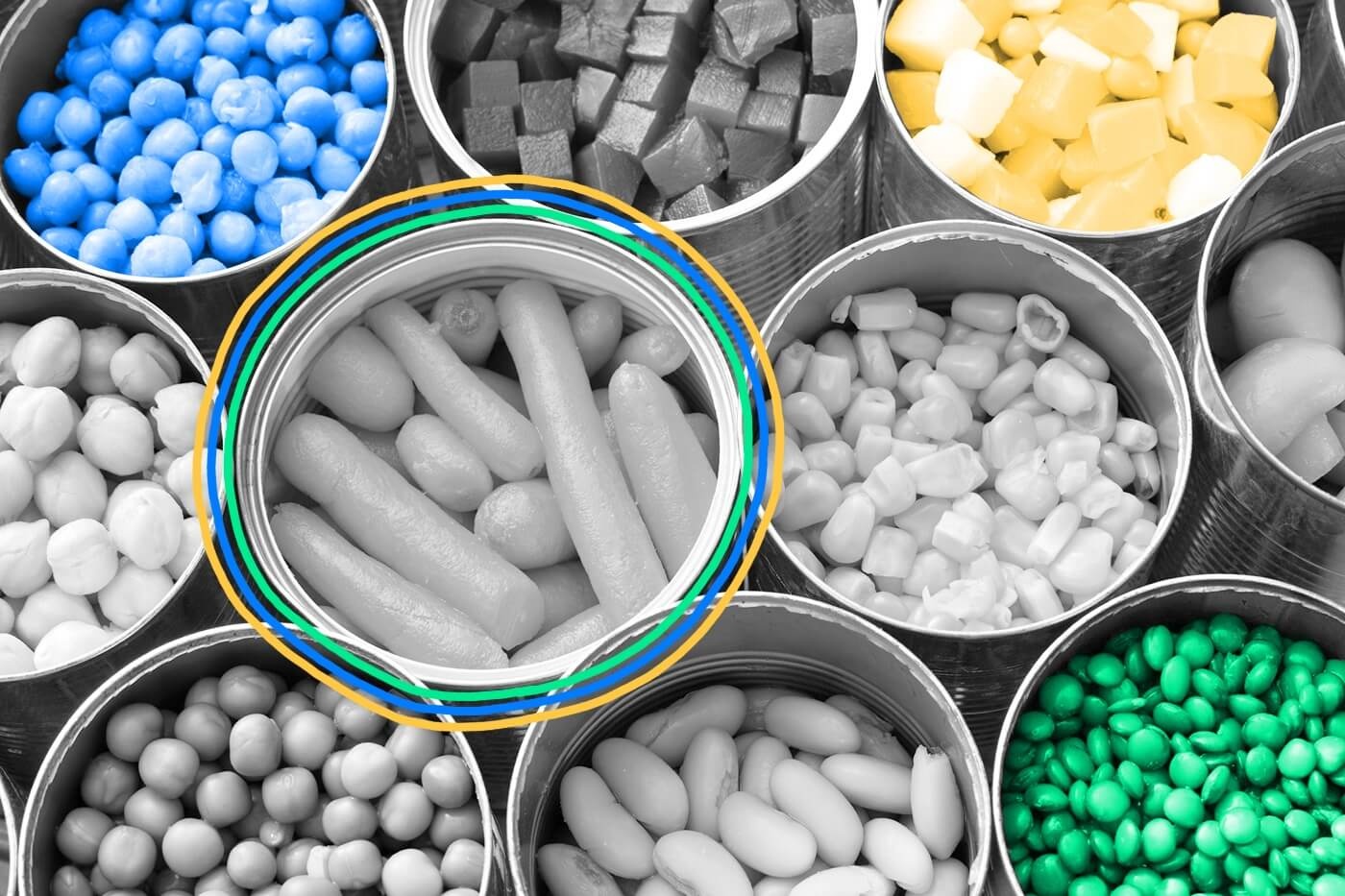
Canned food was invented before the can opener.
On January 5, 1858, Ezra J. Warner of Connecticut invented the can opener. The device was a long time coming: Frenchman Nicolas Appert had developed the canning process in the early 1800s in response to a 12,000-franc prize the French government offered to anyone who could come up with a practical method of preserving food for Napoleon’s army. Appert devised a process for sterilizing food by half-cooking it, storing it in glass bottles, and immersing the bottles in boiling water, and he claimed the award in 1810. Later the same year, Englishman Peter Durand received the first patent for preserving food in actual tin cans — which is to say, canned food predates the can opener by nearly half a century.
Though he didn't initially know why his method of storing food in glass jars and heating them worked, years of experimentation led Appert to rightly conclude that “the absolute deprivation from contact with the exterior air” and “application of the heat in the water-bath” were key. He later switched to working with cans himself. Before Warner’s invention, cans were opened with a hammer and chisel — a far more time-consuming approach than the gadgets we’re used to. Warner’s tool (employed by soldiers during the Civil War) wasn’t a perfect replacement, however: It used a series of blades to puncture and then saw off the top of a can, leaving a dangerously jagged edge. As for the hand-crank can opener most commonly used today, that wasn’t invented until 1925.
And it's called — you guessed it — Cannery Row. The actual location in Monterey, California, was called Ocean View Avenue until 1958, when it was formally changed to Cannery Row in honor of the 1945 novel about a group of people living on the street during the Great Depression. Steinbeck, who set most of his work in central California, describes the street as “a poem, a stink, a grating noise, a quality of light, a tone, a habit, a nostalgia, a dream” in the book’s first sentence. After reaching its peak during the first half of the 20th century, the sardine-cannery hotbed fell victim to intense overfishing and the last cannery closed in 1973. The area is now a historic tourist attraction complete with sea lions.

